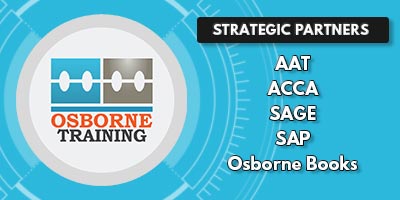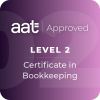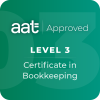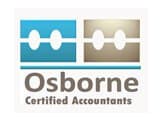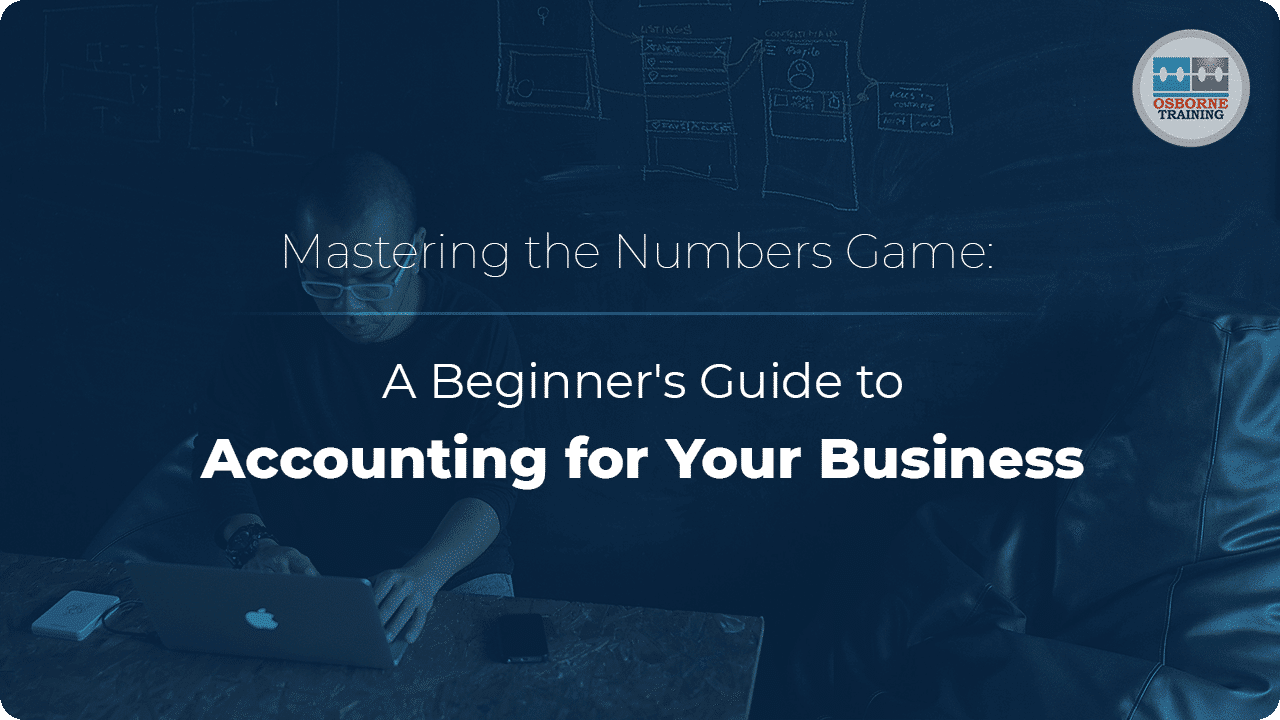
Mastering the Numbers Game: A Beginner’s Guide to Accounting for Your Business
As a business owner, you know that keeping track of your finances is key to your success. However, the world of accounting can seem overwhelming and confusing, especially if you’re just starting out. In this guide, we’ll break down the basics of accounting and provide you with the knowledge you need to manage your business’s finances like a pro.
A. Introduction to accounting
Accounting is the process of recording, classifying, and summarizing financial transactions to provide information that is useful in making business decisions. This information is presented in financial statements, which can help you evaluate the financial health of your business and make informed decisions about its future.
B. Why is accounting important for businesses?
Accounting is a critical function for businesses of all sizes. Here are just a few reasons why:
- Tracking income and expenses: Accounting allows you to keep track of how much money is coming in and going out of your business. This information is essential for making informed decisions about your finances.
- Compliance: Many businesses are required to comply with certain accounting standards and regulations. Failure to do so can result in fines or legal action.
- Financial analysis: Financial statements can provide valuable insights into your business’s financial health. By analyzing trends in your income, expenses, and profitability, you can identify areas for improvement and make more informed decisions about your business’s future.
C. Basic accounting principles and terms
Before we dive into the specifics of financial statements, it’s important to understand some basic accounting principles and terms.
- Double-entry accounting: This is the fundamental principle of accounting. Every financial transaction affects at least two accounts: one account is debited (increased) and another account is credited (decreased).
- Assets: These are resources that your business owns, such as cash, inventory, or equipment.
- Liabilities: These are obligations that your business owes to others, such as loans or accounts payable.
- Equity: This is the difference between your business’s assets and liabilities. It represents the value that remains for the owners after all liabilities have been paid.
D. Types of financial statements
There are three main types of financial statements that businesses use to communicate their financial information: the balance sheet, the income statement, and the cash flow statement. Let’s take a closer look at each one.
a. Understanding the balance sheet
The balance sheet provides a snapshot of your business’s financial position at a specific point in time. It consists of three sections: assets, liabilities, and equity.
Assets represent the resources that your business owns, such as cash, inventory, or equipment. Liabilities represent the debts and obligations that your business owes to others, such as loans or accounts payable. Equity represents the value that remains for the owners after all liabilities have been paid.
By comparing the total assets to the total liabilities, you can determine your business’s net worth. This information can be useful in evaluating your business’s financial health and making informed decisions about its future.
b. Understanding the income statement
The income statement, also known as the profit and loss statement, provides a summary of your business’s revenues and expenses over a specific period of time. It consists of three sections: revenues, expenses, and net income.
Revenues represent the money that your business earns from sales or other sources. Expenses represent the costs that your business incurs in order to generate those revenues. Net income is the difference between revenues and expenses.
By analyzing your income statement, you can identify areas where you may be overspending or underperforming. This information can help you make adjustments to your business strategy and improve your profitability.
c. Understanding the cash flow statement
The cash flow statement provides a summary of your business’s cash inflows and outflows over a specific period of time. It consists of three sections: operating activities, investing activities, and financing activities.
Operating activities represent the cash flows that result from your business’s day-to-day operations, such as sales and expenses. Investing activities represent the cash flows that result from investments in assets such as property, plant, and equipment. Financing activities represent the cash flows that result from financing activities such as loans and equity investments.
By analyzing your cash flow statement, you can identify areas where you may be experiencing cash shortages or surpluses. This information can help you make strategic decisions about your business’s financing and investment activities.
E. Accounting software options for small businesses
One of the easiest ways to manage your business’s finances is by using accounting software. There are many options available on the market, ranging from simple tools for invoicing and expense tracking to full-featured accounting suites that can handle everything from payroll to inventory management.
When choosing accounting software, consider factors such as ease of use, scalability, and cost. Look for software that integrates with other tools you use, such as your bank or payment processor, and that provides the features you need to manage your business’s finances effectively.
F. Common accounting mistakes to avoid
Even with the best intentions, it’s easy to make mistakes when managing your business’s finances. Here are a few common accounting mistakes to watch out for:
- Not reconciling accounts: Failing to reconcile your bank accounts and other financial statements can lead to errors in your records and inaccurate financial statements.
- Mixing personal and business finances: Combining your personal and business finances can make it difficult to track your business’s income and expenses accurately.
- Misclassifying expenses: Misclassifying expenses can lead to inaccurate financial statements and potentially even legal issues.
- Not keeping good records: Poor record-keeping can lead to errors and make it difficult to evaluate your business’s financial health.
G. Conclusion and next steps
Mastering the numbers game is essential to the success of your business. By understanding the basics of accounting and financial statements, as well as the common pitfalls to avoid, you can manage your business’s finances with confidence.
If you’re just starting out, consider consulting with an accountant or financial advisor to help you set up your systems and processes. And remember, as your business grows and evolves, so too will your accounting needs. Stay on top of your finances and you’ll be well-positioned for long-term success.
Get started on mastering your business’s finances today through our Sage 50 accounting training or Sage 50 Payroll training.
